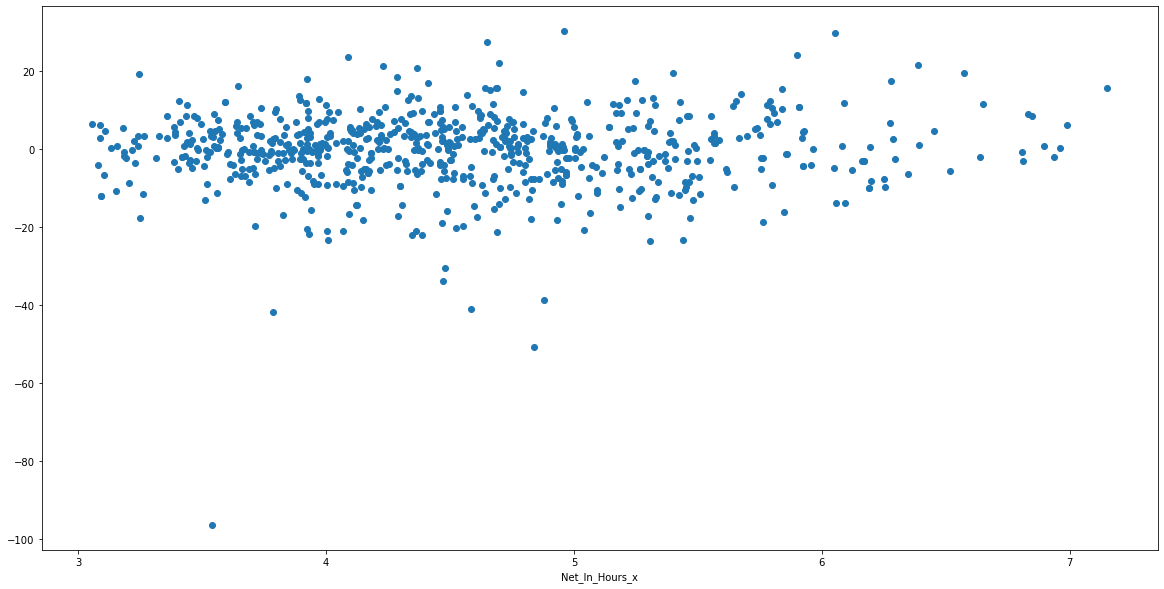I enjoyed taking a look at the Richmond Marathon results and finding the most improved runners in a previous project. It was a good way to look at how you can compare data sets in Python and I learned about how powerful data frames are (thank you Python, for solving my runner math problems). This project really gave me a chance to discover some outstanding runner performances. There were some runners who really took an impressive pile of minutes off of their times.
A friend of mine asked me why I used actual time, rather than percentage. He pointed out that running 10 minutes faster than a three hour marathon is potentially more impressive than running 10 minutes faster than a four hour marathon. The answer is that it never occurred to me to look at percentage improvement, but I think it's a great point (thanks Coach Dale!).
In this project I used the same version of results from the 2018 and 2019 Richmond Marathons. I carried forward the same method for finding the same runners; if you ran both races with the same name and your age difference was not impossible, I considered those times to be the same runner. I realize this could leave some people out, but I could not think of a better way to draw a conclusion from the available data. Let me know if you have other ideas!
Using this method I found that the runner who improved the most was Allen Ma of Glen Allen, Virginia. In 2018 his net time was 4:57:31, and in 2019 it was 3:37:27. He improved 30.27%, which is amazing. I hunted around for his other marathon times and I think 2018 was an unusually slow race for him. I wonder if he was running with a slower friend or just had an off day.
In my previous project I found that the most improved runner in absolute time was Kevaughn Smith. While Kevaughn's percentage improvement of 29.73% is also jaw dropping, he is second in the percentage improvement rankings.
The most improved female runner based on percent was Alyson Burnett of Bristow, Virginia. She ran 4:25:25 in 2018 and 3:28:00 in 2019 for a 20.72% improvement. I wasn't able to find any other race times for her. I wonder if Richmond 2018 was Alyson's first marathon and she enjoyed it enough to train like a fiend for 2019.
I plotted the results to see if Dale was right about percentages normalizing the amount of improvement over times. I put 2018 net time on the X axis, and percentage change on the Y axis. Of course Dale is right, the plots are pretty evenly distributed.

I thought the Richmond Marathon was a great race, and I can see why so many people chose to run it more than once. The course has some variety in scenery and elevation and the final quarter mile to the finish is a fun downhill (which can be fun or treacherous). Richmond is a big race, so if you like crowds and your cheering squad doesn't mind navigating closed streets, definitely consider this race.
You can access my Jupyter Notebook on GitHub, or in Binder.
If you haven't used or heard of these sites, don't worry. Got to Binder, let is spin for a bit, when it finishes, click on the first line "Richmond Marathon 2018-2019 most improved percent.ipynb," from the menu along the top of the page click "Cell" then "run all," you can look at the plot of the results, and at the bottom of the page you can download the "Richmond_Improved_Percent.csv." When you open that file you'll be able to look for particular names.